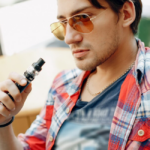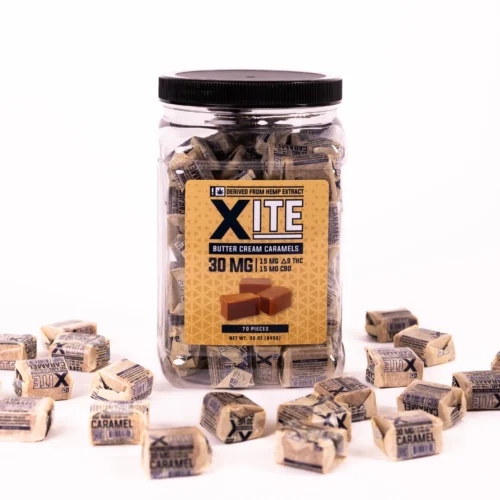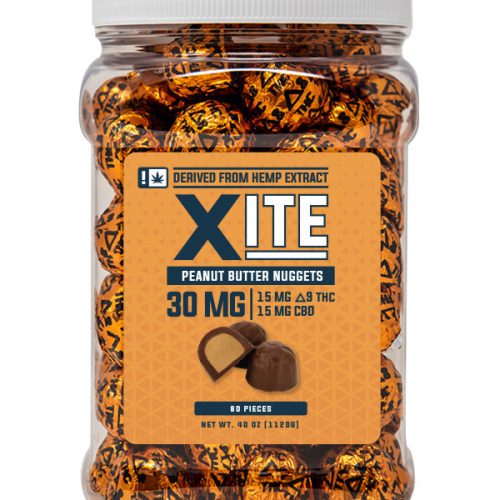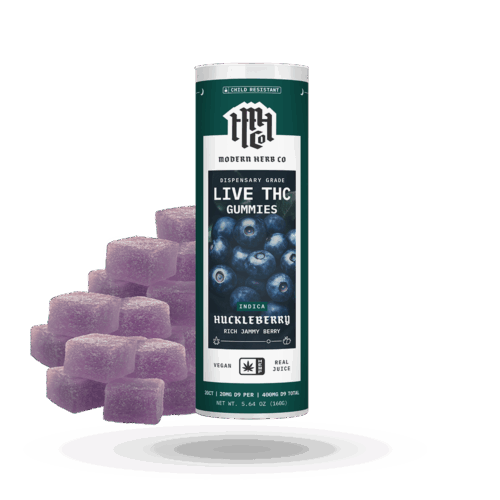
If you’re living in a state where THC is limited or just want to get the most out of your current cannabis or CBD routine, PEA and PQQ could be the key to unlocking better balance, comfort, and results. This guide dives deep into how these two underrated compounds can supercharge your ECS and support overall wellness.
Understanding the Endocannabinoid System (ECS)
The endocannabinoid system is a complex cell-signaling network that plays a vital role in maintaining homeostasis — or balance — in the body. It influences:
- Mood
- Pain
- Inflammation
- Immune response
- Sleep
- Stress response
- Metabolism
The ECS is made up of:
- CB1 and CB2 receptors (found throughout the body and brain)
- Endocannabinoids (like anandamide and 2-AG)
- Enzymes that break down cannabinoids after they’ve done their job
When this system is running well, we feel balanced, energized, and in tune. When it’s sluggish or out of sync, you may experience inflammation, anxiety, chronic pain, brain fog, and more.
This is where PEA and PQQ come in.
What Is PEA (Palmitoylethanolamide)?
PEA is a naturally occurring fatty acid amide found in the body and in foods like egg yolks, peanuts, soy, and alfalfa. It’s not a cannabinoid — but it behaves like one.
Key Benefits of PEA:
- Anti-inflammatory and analgesic properties
- Supports immune function
- Regulates nerve and glial cell communication
- Helps maintain homeostasis in the nervous system
PEA interacts with the ECS indirectly, primarily by activating PPAR-alpha receptors, which then influence the activity of CB2 receptors — those primarily responsible for managing inflammation and immune response.
PEA and the ECS:
- Modulates CB2 activity for anti-inflammatory effects
- Inhibits FAAH enzyme, preserving levels of anandamide (your body’s “bliss molecule”)
- Regulates mast cells, which are heavily involved in inflammatory and allergic reactions
This means PEA supports the ECS by boosting endocannabinoid tone and reducing inflammatory interference — especially helpful for those dealing with chronic pain, nerve damage, or inflammatory conditions.
What Is PQQ (Pyrroloquinoline Quinone)?
PQQ is a redox cofactor and powerful antioxidant that supports cellular energy and mitochondrial health. It’s found in fermented soy (natto), parsley, green tea, and kiwifruit, but is most commonly taken as a supplement.
Key Benefits of PQQ:
- Stimulates mitochondrial biogenesis (creating new mitochondria)
- Reduces oxidative stress in cells
- Enhances neuroplasticity and cognitive performance
- Protects against neurodegeneration
PQQ helps the ECS by protecting and energizing the very cells that the system relies on. CB1 and CB2 receptors require healthy, energy-efficient cells to transmit signals effectively. PQQ acts as the cellular “booster pack” for ECS function.
How PEA and PQQ Work Together to Support the ECS
When used together, PEA and PQQ form a synergistic powerhouse for endocannabinoid optimization. Here’s how:
| Function | PEA | PQQ |
|---|---|---|
| Inflammation Control | ? Activates CB2 & PPAR-α | ? Reduces oxidative stress |
| Anandamide Preservation | ? Inhibits FAAH | ? Supports enzyme balance |
| Cellular Health | ? Regulates immune response | ? Promotes mitochondrial growth |
| Pain Relief | ? Neuropathic & inflammatory pain support | ? Supports nerve cell repair |
| Mood & Cognitive Function | ? Reduces stress reactivity | ? Enhances memory & focus |
Together, they target the ECS on multiple levels: receptor activity, endocannabinoid preservation, and cellular optimization. This is particularly helpful for individuals who:
- Can’t access high-dose THC due to legal restrictions
- Are sensitive to cannabinoids
- Want to improve cannabinoid responsiveness and effect
Who Can Benefit from PEA + PQQ?
These two supplements offer broad benefits, particularly for those struggling with:
- Needing relief daily
- Autoimmune conditions or inflammation
- Anxiety or mood imbalance
- Cognitive decline or brain fog
- Burnout and adrenal fatigue
- Poor response to THC or CBD products
They’re also helpful for anyone looking to optimize their endocannabinoid tone naturally.
Scientific Backing for PEA
PEA has been studied extensively since the 1950s and has shown promise in:
- Reducing chronic pain (nerve-related, sciatica, fibromyalgia)
- Improving sleep and anxiety
- Supporting immune balance
- Enhancing the effects of cannabinoids when taken in tandem
It’s considered safe, non-addictive, and well-tolerated, with no known psychoactive effects.
Scientific Backing for PQQ
While PQQ hasn’t been studied as directly for ECS as PEA, its role in cellular energy production, oxidative stress reduction, and brain health make it a powerful indirect ECS supporter.
Clinical studies suggest PQQ may:
- Improve memory, focus, and attention span
- Enhance mitochondrial function (critical for ECS signaling)
- Protect brain and nerve cells from inflammation
How to Use PEA + PQQ Together
There is no one-size-fits-all dosage, but general recommendations are:
- PEA: 300–600 mg daily, often divided into two doses
- PQQ: 10–20 mg daily, usually taken in the morning
These supplements can be stacked with:
- CBD or full-spectrum hemp products
- Adaptogens like Rhodiola or Ashwagandha
- Omega-3s, which are precursors to endocannabinoids
They are also excellent for people cycling off THC or doing ECS resets.
Final Thoughts
Your endocannabinoid system is a beautifully complex network that thrives when supported from multiple angles. While CBD and THC get the spotlight, PEA and PQQ are the behind-the-scenes powerhouses that can dramatically improve how your ECS functions.
Whether you’re dealing with chronic pain, brain fog, or simply want to get more from your wellness routine, PEA and PQQ may help your body do more with less — making cannabinoids more effective and your health more resilient.
These two compounds are legal, widely available, and backed by science — a rare trifecta in the wellness world.
If you’re looking to boost your ECS naturally, don’t sleep on this duo.








